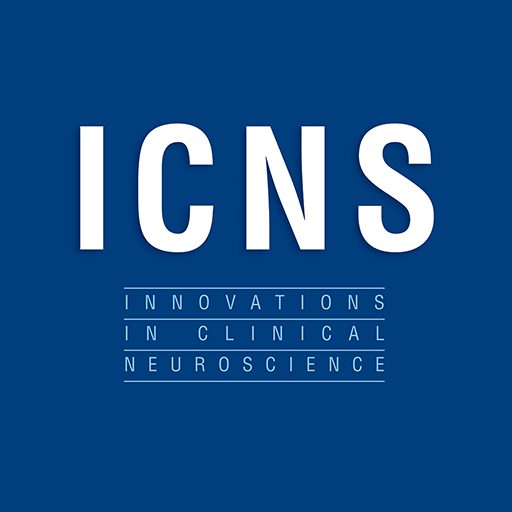
“Several new antiepileptic medicines became available for clinical use in the last two decades. However, the prognosis of epilepsy remains unchanged, with approximately one-third of patients continuing to have drug-resistant seizures. Because many of these patients are not candidates for curative epilepsy surgery, there is a need for new seizure medicines with better efficacy and safety profile.
Recently, social media and public pressure sparked a renewed interest in cannabinoids, which had been used for epilepsy since ancient times. However, physicians have significant difficulty prescribing cannabinoids freely because of the paucity of sound scientific studies.
Among the two most common cannabinoids, cannabidiol has better antiepileptic potential than tetrahydrocannabinol. The exact antiepileptic mechanism of cannabidiol is currently not known, but it modulates a number of endogenous systems and may have a novel anticonvulsant effect. However, it has broad drug-drug interactions with several agents, including inducer and inhibitor of CYP3A4 or CYP2C19. Cannabidiol can cause liver enzyme elevation, especially when co-administered with valproate.
The US Food and Drug Administration (FDA) has approved pharmaceutical-grade cannabidiol oil for two childhood-onset catastrophic epilepsies: Dravet syndrome and Lennox-Gastaut syndrome.
The Drug Enforcement Agency also reclassified this product as a schedule V agent. However, other cannabidiol products remain as a schedule I substance and are primarily used without regulation. Additionally, the FDA-approved pharmaceutical-grade cannabidiol oil is expensive, and insurance companies might approve this only for the designated indications.
In despair, many individuals may resort to unregulated medical cannabis products in an attempt to control seizures. Rather than spontaneous treatment without medical supervision, adequate medical oversight is indicated to monitor and manage the proper dose, side effects, validity of the product, and drug-drug interactions.”
https://www.ncbi.nlm.nih.gov/pubmed/31053391
https://www.pedneur.com/article/S0887-8994(18)31168-8/fulltext







 “Neurological dysfunctions are the most impactful and persistent consequences of traumatic brain injury (TBI). Indeed, previous reports suggest that an association between TBI and chronic pain syndromes, as well anxio-depressive behaviors, tends to be more common in patients with mild forms of TBI. At present, no effective treatment options are available for these symptoms.
“Neurological dysfunctions are the most impactful and persistent consequences of traumatic brain injury (TBI). Indeed, previous reports suggest that an association between TBI and chronic pain syndromes, as well anxio-depressive behaviors, tends to be more common in patients with mild forms of TBI. At present, no effective treatment options are available for these symptoms.

